Last updated on April 15th, 2022
South Korea, technically called the Republic of Korea, is a country in East Asia comprising the southern end of the Korean Peninsula. It covers an area of over 62,000 square kilometres and has a population of approximately 51 million people, half of which live in and around Seoul, its capital. South Korea is a highly developed nation that is known for its for high-end manufacturing capabilities (especially computer chips) and vibrant culture. It is ranked as the tenth-largest economy by GDP in the world and is among the most advanced economies and democracies in Asia. Following are 50 interesting facts about South Korea.
1. The Korean empire was noted in Chinese records as far back as the 7th century BCE but the country was annexed by Japan in 1910. After Japan’s surrender in WWII the country was divided in two, the northern part occupied by the Soviet Union, and the southern by the United States.
2. After attempts at reunifying the country failed in 1948 the southern part became known as the Republic of Korea while the northern part is known as the Democratic People’s Republic of Korea. The two countries are separated by a Demilitarized Zone (DMZ) approximately four kilometres wide that is along latitude 38 degrees North.
3. The Korean war lasted for 3 years and was the first major military conflict that involved the United States and the Soviet Union. It has yet to officially end though a ceasefire was signed in the 1950s between North and South Korea that is still in effect.
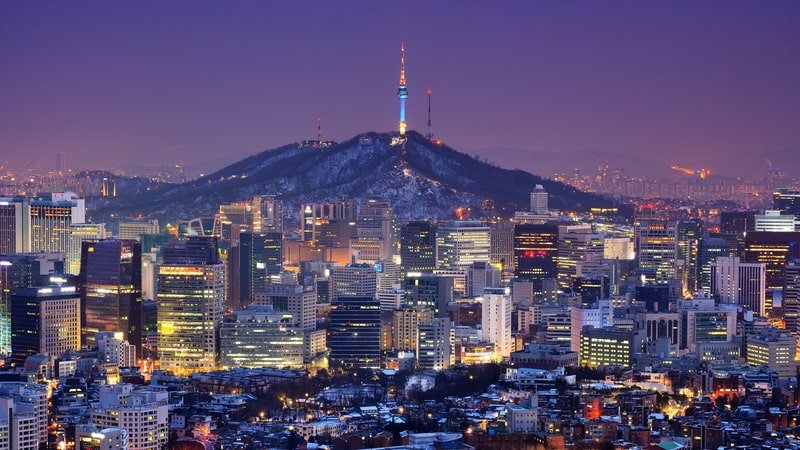
4. Although South Korea is now a liberal democracy, it suffered under a series of military dictatorships between the 1960s and 1980s.
5. South Koreans believe that a person’s blood type defines their personality and other characteristics. Many think that people’s compatibility is based on their blood type and most people know their type.
6. Blood types are so important to South Koreans that they are a factor in choosing a spouse. For example, women with Type B blood are well matched with Type O men and those with Type AB but definitely not Type A.
7. South Korea has a version of Valentine’s Day which is the opposite of the west in which women send gifts or tokens of love to their male objects of desire. White Day on March 14 is when men reciprocate.
8. South Korea has the world’s fastest wireless internet speeds, which are nearly three times the speed of those found in second-place Hong Kong, and one hundred percent of South Koreans have access to broadband internet.
South Korea on map
9. The penetration of the internet also has a dark side, however, with over 14% of children aged between 9 and 12 suffering from internet addiction. In 2011 the country passed a law (“shutdown law,” also referred to as the “Cinderella law”) banning anyone younger than 16 from online gaming but this has been largely ignored.
10. The computer chips used in Apple’s iPhones are made by the South Korean company Samsung which is also one of the leading producers of smartphones in the world.
11. During the rush-hour commute in Seoul on the city’s subway employees called ‘Subway Pushers’ (that wear a distinctive uniform and white gloves) are employed to compress people into the subway trains.
12. South Korea is a mountainous country (although the mountains are not very high), has three main rivers and over 4000 islands dotted around its coastline.
13. The largest island, called Jeju, features large numbers of giant stone statues called ‘dol hareubang’ (old grandfather) dotted along its beaches. Newlywed women believe that touching the statues’ long, broad noses will improve their fertility.
14. Marriage is extremely popular in the country and the minority of people who choose to remain single are referred to in slang as a ‘big baby’. Marriages can be either a love match (yonae) or an arranged marriage (chungmae).
15. South Koreans are remarkably healthy with only 3.2% of the population regarded as being overweight; they tie with Japan for having among the lowest levels of obesity in the world.
16. Around a fifth or all men in South Korea enjoy using makeup and spend close to $1 billion a year to make themselves more attractive; this represents about a quarter of the worldwide men’s cosmetic market.
17. The country has the largest usage of plastic surgery, per-capita, in the world. It is estimated that between one-fifth and one-third of all women in Seoul have undergone one or more cosmetic surgery procedures.
18. Eyelid surgery is one of the most common cosmetic surgery procedures. For their 16th birthday, wealthy teenagers often receive the gift of a cosmetic procedure that makes their eyes look more Western.
19. Facial hair on men is frowned upon in South Korea and is considered dirty. As a result, a man with a beard or moustache would find it difficult to find employment.
20. South Koreans believe that dreaming of pigs is a good omen.
21. They regard the number four, however, as unlucky since the word for death and the number 4 are very similar. They also believe that writing a person’s name with red ink means that they are, or will soon be, dead.
22. South Koreans that are in a relationship avoid giving each other shoes as gifts as this means that they will soon ‘walk away’ from them.
23. The country leads the world in the harvesting of seaweed for human consumption and produces over 90% of the world’s supply; some seaweed farms are so extensive they can be seen from space.
24. The country is so technologically advanced that it implemented the first robot prison guards in 2012. They were also used as guards in the DMZ and are also used as teachers.

25. The Shinsegae department store in Centum City, Busan in South Korea holds the record for being the largest in the world. Built in 2009 and covering an area of over 293,000 square meters it took the title from the Macy’s department store in New York.
26. South Koreans love to shop and department stores are open until 4am while bars and restaurants only trade to 11pm.
27. South Korea is known for its cultural exports in particular its music (K-Pop) and its soap operas for which it is famous around the globe.
28. K-pop star Psy has achieved over 2 billion views of his video for his hit song ‘Gangnam Style’ that he released in 2011. The song went on to top the charts in over 30 countries around the world.
29. South Korean film director Bong Joon Ho’s film ‘Parasite’ was the first foreign film to ever win the Best Picture Academy award as well as collecting two other Oscars.
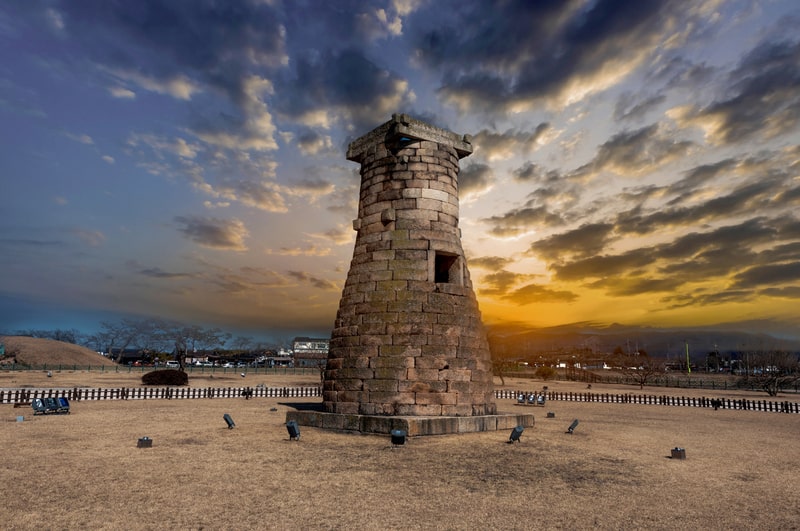
30. The country is home to the oldest astronomical observatory in the world, the Cheomseongdae Observatory, which is located in Gyeongju and was built in the mid sixth century.
31. South Koreans are some of the smartest people in the world. According to the OECD (Organization for Economic Cooperation and Development) they have the highest (estimated) national IQ of any country in the world.
32. In South Korea babies are considered to already be a year old when they are born because they time they spent in the womb is counted towards their age.
33. You can legally drink alcohol in public in South Korea and people openly carry their favourite alcoholic drinks with them and take a sip whenever they wish.
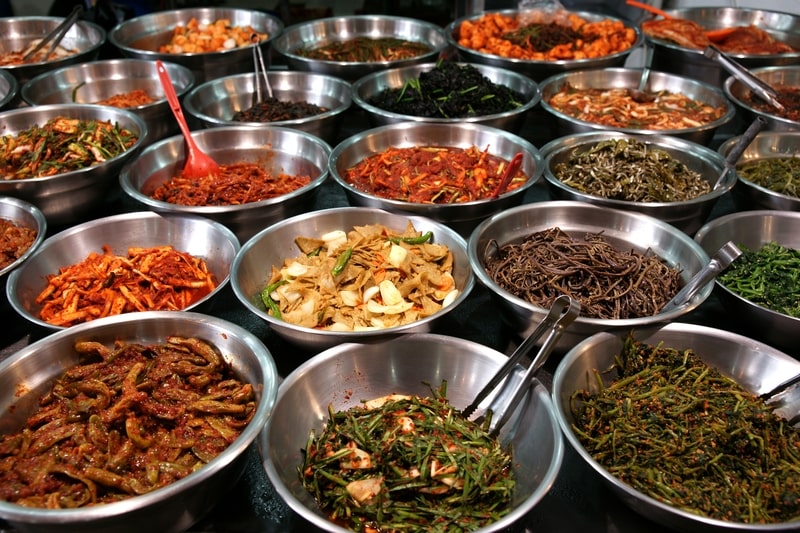
34. South Korea’s national dish is called ‘kimchi’. It is a mixture of vegetables and various spices that is fermented. The dish gets its unique flavor from garlic, ginger, chili powder, red pepper and sugar. Some fish sauce is also added to it. It is very popular and is served with almost all dishes.
35. The first written reference to Kimchi dates back to the middle of the 13th century and there are estimated to be over 200 specific varieties of the dish.
36. People in South Korea say ‘kimchi’ (instead of ‘cheese’) when they are taking photographs.
37. South Koreans eat dog meat and it is often found on menus in restaurants and street food stalls. The dish ‘bosintang’ (or ‘invigorating soup’) is made with pieces of dog meat.
38. The practice is centuries old and a special breed of dog, the ‘nureongi’, is used for the purpose. South Koreans do not eat pet dogs but the this culinary tradition has, nonetheless, become controversial.
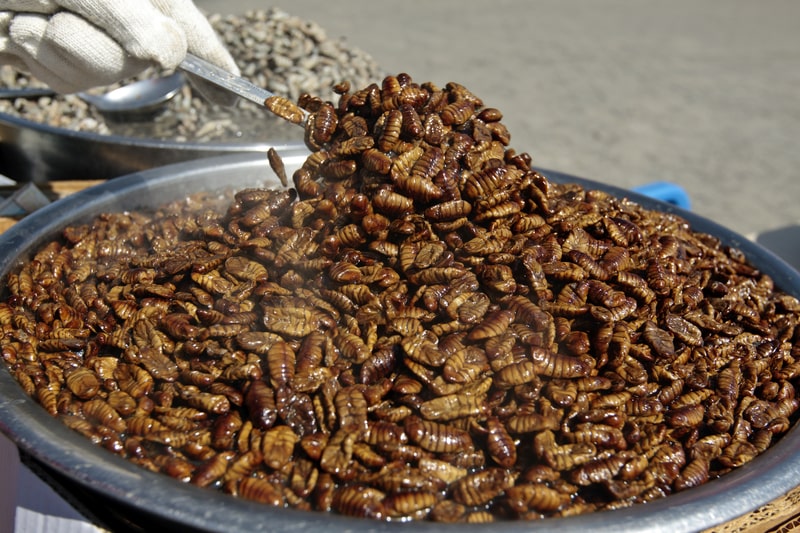
39. Another unusual South Korean dish is ‘beondegi’, a street food made from the pupae of silkworms.
40. Fruit is extremely expensive in the country and is regarded as a generous gift.
41. People that order home delivery food in South Korea leave the plates outside their door for later collection by the restaurant they ordered from.
42. South Koreans are a highly homogenous people and all speak the South Korean language, the script of which is called Hangul. It consists of 14 consonants and 12 vowels and its relative simplicity and uniformity helped to improve literacy.
43. The national animal of the country is the Siberian tiger. The rabbit is also popular because the Korean peninsula is said to resemble the shape of the animal.
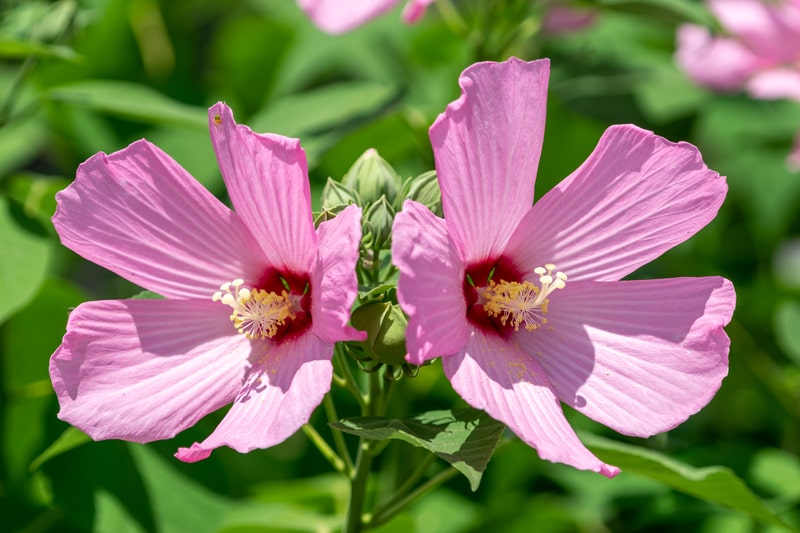
44. South Korea’s national flower is called the Mugunghwa (Rose of Sharon) that is a variety of Hibiscus and is included in the national anthem.
45. As well as the tiger the country is home to a number of rare and endangered species including the Amur leopard, Golden eagle and lynx, among others.
46. South Koreans celebrate the Harvest Moon Festival during which they travel to their home towns and visit the graves of their ancestors on which they place food.
47. There are more than 2 million South Koreans living in the United States. Immigration from the country to the US started in the 1900s when workers moved to Hawaii to work on sugar plantations.
48. South Koreans fear the sun. Isn’t that funny? How and why would someone be afraid of the sun, which is known to have health benefits to the human body? Well, the reason why Korean do not like the sun is that they do not want to get tanned.
. . . continue reading on the next page
